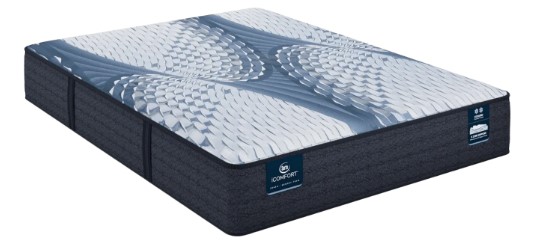Selecting the right memory foam mattresses is essential for achieving optimal sleep quality, spinal alignment, and overall comfort. Understanding the relationship between firmness and comfort is key to making an informed choice. While some sleepers prefer a plush, sinking feel, others benefit from a firmer surface that provides better support. The ideal mattress strikes a balance between pressure relief and structural support, ensuring that your body maintains proper posture throughout the night. By learning about the different levels of firmness and how they affect sleep, buyers can select a mattress that meets their personal preferences and health needs.
Understanding Firmness Levels
Firmness in memory foam mattresses is generally measured on a scale from soft to extra firm. Soft mattresses offer a cushioning effect that conforms closely to the body, making them ideal for side sleepers or those with joint sensitivity. Medium-firm mattresses offer a balance of comfort and support, making them often recommended for back sleepers. Firm mattresses prevent excessive sinking and maintain spinal alignment, which can be beneficial for stomach sleepers or individuals with lower back pain. Knowing your preferred sleeping position and body type is critical when evaluating firmness levels.
It is also important to note that firmness perception can vary depending on the type of mattress material and its thickness. High-density memory foam tends to feel firmer and offers greater durability, while lower-density foam may feel softer but compresses more quickly over time. Mattress thickness affects how deeply the body sinks, impacting overall comfort. Choosing the right combination of density, thickness, and firmness ensures that your memory foam mattresses provide both support and relaxation.
Pressure Relief and Support
One of the standout features of memory foam mattresses is their ability to relieve pressure points while providing even support throughout the mattress. Soft areas of the mattress contour to the shoulders, hips, and other high-pressure regions, reducing discomfort and improving circulation. At the same time, the foam distributes weight evenly, preventing the development of pressure points or sore spots. This balance of pressure relief and support is essential for maintaining healthy spinal alignment and minimizing tossing and turning during the night.
Additionally, memory foam is known for motion isolation, which reduces disturbances caused by a partner’s movement. This property enhances comfort for couples and contributes to a restful night’s sleep. A mattress that effectively combines pressure relief, motion isolation, and appropriate firmness supports both comfort and long-term musculoskeletal health.
Temperature Regulation and Comfort
While firmness is critical, overall comfort is also influenced by temperature regulation in memory foam mattresses. Traditional memory foam tends to retain heat, which can affect sleep quality for hot sleepers. Modern designs incorporate gel-infused foam, open-cell structures, or breathable covers to improve airflow and maintain a neutral sleeping temperature. Selecting a mattress with these features ensures that firmness does not come at the expense of thermal comfort, creating a more restful sleep environment.
Personal Preference and Testing
Testing memory foam mattresses in person or choosing options with trial periods is highly recommended. Individual preferences vary, and what feels comfortable to one sleeper may feel too firm or too soft to another. Taking the time to test different firmness levels and mattress types helps ensure a purchase that aligns with your unique needs. Consider trial periods, return policies, and warranty coverage when making your decision, as these factors provide additional peace of mind.
Conclusion
Understanding the relationship between firmness and comfort is crucial when selecting a memory foam mattress. By considering factors such as sleeping position, body type, pressure relief, support, and temperature regulation, sleepers can select a mattress that offers both comfort and health benefits. Testing different options and evaluating personal preferences further enhances the likelihood of a satisfying purchase. For those seeking maximum softness and a plush feel that conforms closely to the body, exploring soft mattresses is an ideal choice to complement their sleep needs.
